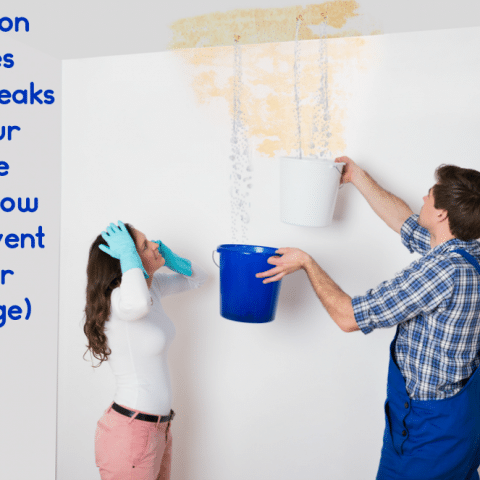How to Locate as well as Repair Work Water Leaks-- A Comprehensive Guide
How to Locate as well as Repair Work Water Leaks-- A Comprehensive Guide
Blog Article
They are making several good pointers about Hacks to detect leaks overall in this post further down.

Early detection of dripping water lines can minimize a potential disaster. Some tiny water leakages may not be visible.
1. Examine the Water Meter
Inspecting it is a surefire method that assists you discover leakages. If it moves, that shows a fast-moving leakage. This suggests you might have a slow leakage that could also be below ground.
2. Inspect Water Consumption
Assess your water costs and also track your water usage. As the one paying it, you need to see if there are any type of discrepancies. If you detect sudden changes, in spite of your consumption coinciding, it implies that you have leakages in your plumbing system. Remember, your water bill must fall under the exact same range on a monthly basis. An unexpected spike in your costs indicates a fast-moving leakage.
A stable rise every month, also with the exact same practices, shows you have a slow leak that's additionally slowly rising. Call a plumber to completely check your residential property, specifically if you really feel a warm area on your flooring with piping beneath.
3. Do a Food Coloring Examination
30% comes from commodes when it comes to water intake. Examination to see if they are running effectively. Decline flecks of food shade in the container as well as wait 10 minutes. If the shade somehow infiltrates your dish throughout that time without flushing, there's a leak between the storage tank and also bowl.
4. Asses Outside Lines
Do not fail to remember to examine your outdoor water lines also. Ought to water permeate out of the connection, you have a loosened rubber gasket. One tiny leakage can squander tons of water as well as spike your water costs.
5. Analyze the circumstance and check
Property owners need to make it a practice to examine under the sink counters and also inside cabinets for any type of bad odor or mold and mildew development. These two warnings indicate a leak so punctual attention is needed. Doing routine assessments, also bi-annually, can save you from a major issue.
Check for stainings and weakening as many appliances and pipes have a life expectations. If you believe dripping water lines in your plumbing system, do not wait for it to intensify.
Early detection of leaking water lines can mitigate a potential disaster. Some little water leakages might not be visible. Inspecting it is a guaranteed way that assists you find leakages. One tiny leak can squander lots of water and spike your water bill.
If you suspect leaking water lines in your plumbing system, do not wait for it to escalate.
How to Know If Your Home Has a Hidden Leak
Water Meter Reveals Inexplicable Water Usage
If you’d like to test whether or not there’s a leak somewhere in your home, you can do this using your water meter. Here is how to conduct the test:
Don’t use any water in your home for at least 30 minutes; this also means not turning on faucets or water-using appliances.
Go outside, and check your water meter for activity.
If your water meter shows that there was activity, even though no one was using any water, this proves that there is a leak in your home.Visible Mold or Mildew Growth
Leaks behind walls create moist, dark environments that allow mold and mildew to grow and thrive. Eventually, you might see mold growth forming on the wall closest to a hidden leak.
If mold is growing in an area that receives a high amount of moisture, such as a bathroom, it may simply be an indication that better ventilation is needed. However, if you see mold growth on a wall or the ceiling in an area where you would not expect, you probably have a hidden leak.
Musty, Mildew Odor
Sometimes you might not be able to see the mold or mildew that is growing as a result of a leak. However, the smell can give the problem away just as easily. If you catch a whiff of something musty, there’s a good chance that old water is collecting somewhere in your home that you can’t see.
Stained/Warped Walls, Ceilings, or Floors
When your home soaks up water, a variety of red flags can become visible, including ceiling stains, bubbling drywall, warped walls, and sagging floors. While these issues can be caused by excess humidity, they can also be signs that a pipe or plumbing connection has started leaking behind your walls.
Inexplicably High Water Bill
After a while, you get a general sense for what your water bill should be. If you own a pool or sprinkler system, your bill will tend to be higher during summer. However, if you receive a water bill that seems especially high, and you can’t figure out what caused it, then you may have a hidden leak somewhere that’s increasing your bill.
https://www.plumbingjoint.com/blog/2019/july/how-to-know-if-your-home-has-a-hidden-leak/

Do you appreciate reading about Detecting hidden plumbing leaks? Write a remark down below. We would be interested to know your ideas about this post. Hoping to see you back again later on. Loved our review? Please share it. Let others discover it. Many thanks for taking the time to read it.
Report this page